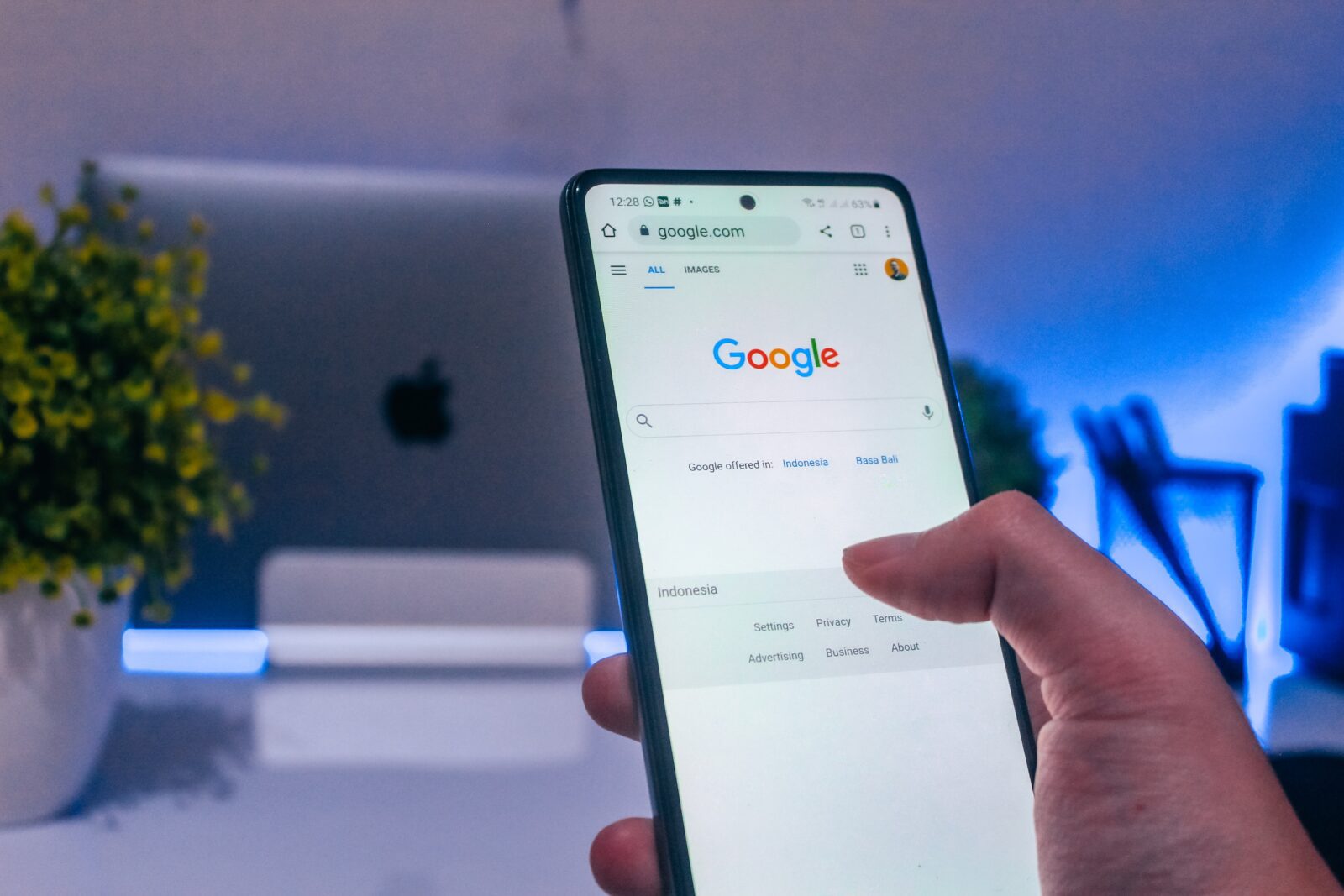Hey Google, what’s new? Well, it’s good that you’ve asked, because something cool is about to happen! Even if the tech giant made the official announcement differently, the news is the same. In Chrome 113, which is scheduled to launch in about three weeks, Google has revealed that WebGPU, an API that offers web programs additional access to your graphics card’s capabilities, will be enabled by default. On Direct3D 12–capable Windows PCs, Macs, and Vulkan–capable ChromeOS devices will all have WebGPU capability.
Okay, so what’s WebGPU, you may ask? WebGPU offers “more than three times gains in machine learning model inferences,” according to a blog post. The best part of such tech is that it can let developers produce graphics at the same quality they do currently with far less code. Quite impressive, isn’t it?!
Moreover, the WebGPU’s release this month will totally “serve as a building block for future updates and enhancements,” as per Google’s official statement. The next-gen tech will also feature “more advanced graphics features” and “deeper access to shader cores” at some time in the future. Other improvements, like how to actually create content that runs on WebGPU, will also be added!
What’s API, and how does it work?
It’s been a while since the API has been in development. Its creation has continued since its 2017 design, and that’s when it was first conceived. Furthermore, it’s not considered to be only a Chrome-specific standard. Soon, Firefox or Safari will need to support it as well. According to Google, the company is attempting to broaden the support for its implementation to include other os. And guess who’ll be involved? Linux and Android!
Google also discussed how it’s planning to strive to push out future variants of the browser more quickly. So, we’ll know more details and insights in the coming weeks!












Leave a Reply